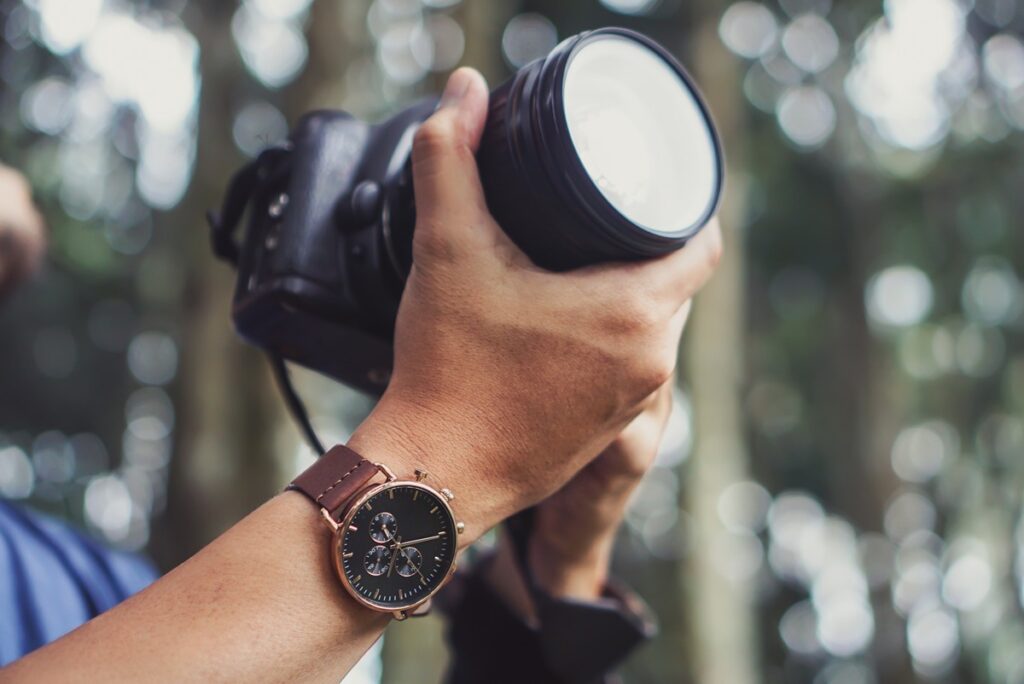
Losing a camera, whether it’s a cherished family device or a professional tool, can be a distressing experience. However, before you give in to panic, it’s essential to take a systematic approach to increase your chances of finding your lost camera. This article presents a comprehensive guide on how to find a lost camera, providing practical steps and tips to aid in your search.
1. Stay Calm and Revisit Your Memories

Losing a camera is undoubtedly a frustrating experience, but the first step towards finding it is to maintain a calm demeanor. Panicking will only cloud your judgment and hinder your ability to think clearly. Take a deep breath and remind yourself that there are practical steps you can take to recover your lost camera.
Once you’ve calmed down, close your eyes and mentally revisit the moments leading up to the realization that your camera was missing. Visualize the events, locations, and activities where you last remember having your camera in hand. Try to pinpoint specific times and places where you used your camera, and consider any situations that might have contributed to its disappearance.
As you recall these memories, ask yourself the following questions:
- Where was the last place I used my camera?
- Did I have it with me when I left a particular location?
- Were there any moments when I put the camera down and forgot to pick it up again?
- Did I lend my camera to someone or show it to anyone recently?
- Did I switch bags or pockets and might have accidentally left the camera behind?
- Did I encounter any unusual circumstances or distractions that might have caused me to misplace the camera?
Taking the time to retrace your mental steps can help you recreate the sequence of events leading to the camera’s disappearance. This process may trigger your memory and provide you with vital clues about where to begin your search.
Remember, staying calm not only facilitates clear thinking but also prevents you from overlooking simple solutions. It’s essential to approach the search with a positive mindset, as a composed attitude will allow you to tackle the challenge systematically and increase your chances of locating your missing camera.
2. Retrace Your Steps
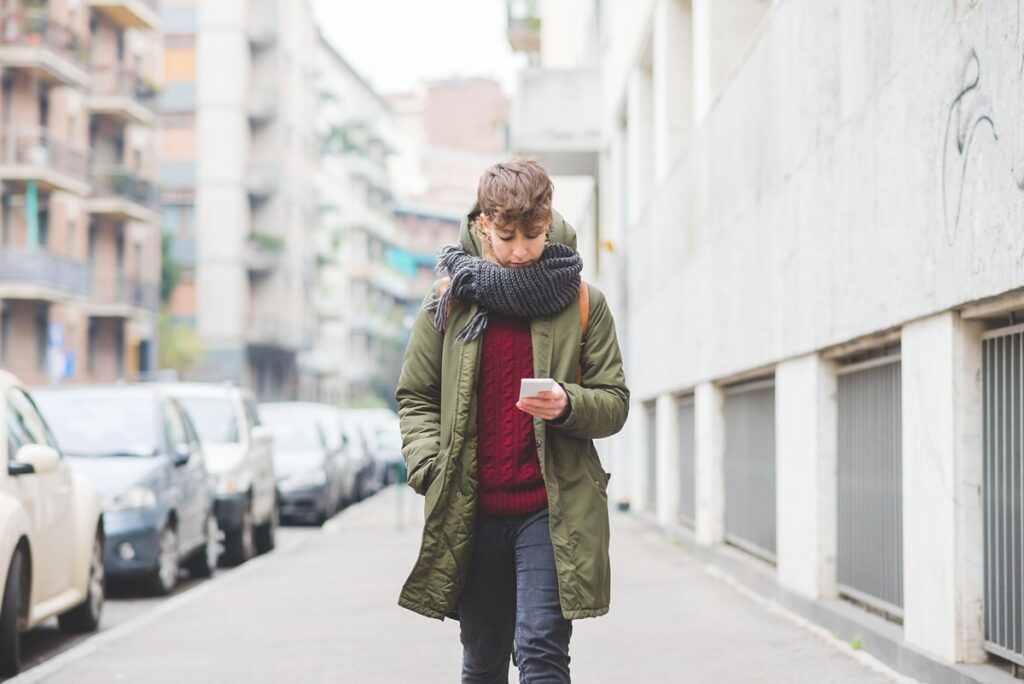
After you’ve taken the time to calm yourself and revisit your memories, the next step in finding your lost camera is to physically retrace your steps. This methodical approach can help you systematically search the areas where you last remember having your camera. Follow these steps to effectively retrace your steps and increase your chances of locating your camera:
Start Where You Last Remember Using It
Begin your search in the location where you last used your camera. If you were at home, go to the room or area where you last remember taking photos or handling the camera. If you were out and about, return to the place where you think you might have last had your camera in your possession.
Check Common Areas
As you retrace your steps, thoroughly examine common areas where you might have placed the camera down. Look on tables, countertops, shelves, and any other surfaces where you often put your belongings. Sometimes, a camera can be misplaced in plain sight, so be sure to look carefully.
Search Nooks and Crannies
Cameras can easily slip into crevices, corners, or under objects. Check between cushions, under furniture, and inside bags or pockets that you might have used while carrying the camera. Be meticulous in your search, moving items around and looking from different angles.
Revisit Transition Points
Pay special attention to places where you transitioned from one activity to another. For example, if you were at a coffee shop and then went to a park, thoroughly search the area where you were sitting at the coffee shop and the path you took to the park. Items are often lost during these moments of transition.
Think Outside the Box
Sometimes, cameras end up in unexpected places. Think about any unusual or unconventional spots where your camera might have ended up. Be open to the possibility that you might have absentmindedly placed it somewhere you wouldn’t normally consider.
Retrace the Entire Day
Don’t just focus on the immediate moments before you noticed the camera was missing. Go through your entire day in your mind, from the moment you woke up until the time you realized the camera was gone. Sometimes, memories from earlier in the day can trigger your memory about where the camera might be.
Involve Others
If you were with friends, family, or coworkers during the time you had your camera, ask them if they remember seeing you with it or if they recall any details about its location. Sometimes, others can provide insights or recollections that you might have missed.
Stay Patient
Retracing your steps might take time, and it’s possible that you won’t find your camera immediately. Stay patient and persistent. The process of retracing your steps is not only about finding the camera but also about uncovering any potential gaps in your memory that could help you narrow down your search.
By methodically retracing your steps, you’ll cover the areas where your camera is most likely to be. This approach minimizes the risk of overlooking potential locations and increases your chances of discovering your missing camera. Remember that every detail matters, and the act of retracing your steps can provide you with valuable insights into its whereabouts.
3. Contact the Places You Visited

In the quest to find your lost camera, reaching out to the places you recently visited can prove to be a strategic move. Whether you misplaced your camera at a café, a store, a park, or any public location, establishments often have lost and found departments that can help in reuniting you with your lost item. Here’s how to effectively contact these places and leverage their assistance:
Call or Visit in Person
If you suspect you lost your camera at a specific location, contact them as soon as possible. Call the establishment’s contact number or pay a visit in person if it’s feasible. Explain that you lost a camera, provide a detailed description, and ask if anyone has turned in a camera matching that description. In-person visits can allow you to provide additional context and possibly even search the lost and found area yourself.
Provide a Detailed Description
When describing your lost camera, include as much detail as possible. Mention the brand, model, color, any distinctive features, and any accessories that were attached to the camera. The more specific your description, the easier it will be for the staff to identify if your camera has been found and turned in.
Check Lost and Found
If the location has a lost and found department, ask them to check their records and storage for any recently found cameras. Make sure to provide your contact information so they can get in touch with you if your camera is located.
Leave Your Contact Information
Even if the establishment doesn’t have your camera at the moment, leave your contact information with them. In case the camera is found later, they’ll be able to reach out to you and facilitate its return.
Be Courteous and Appreciative
Remember that the staff at these places are often busy, so be courteous and patient when communicating with them. Express your gratitude for their help and cooperation, whether they find your camera or not.
Extend Your Search
If you visited multiple locations in one day, don’t limit your contacts to just one place. Reach out to all the places you went to, and don’t hesitate to ask if they’ve seen or received a camera matching your description.
4. Leverage Social Media and Community Networks
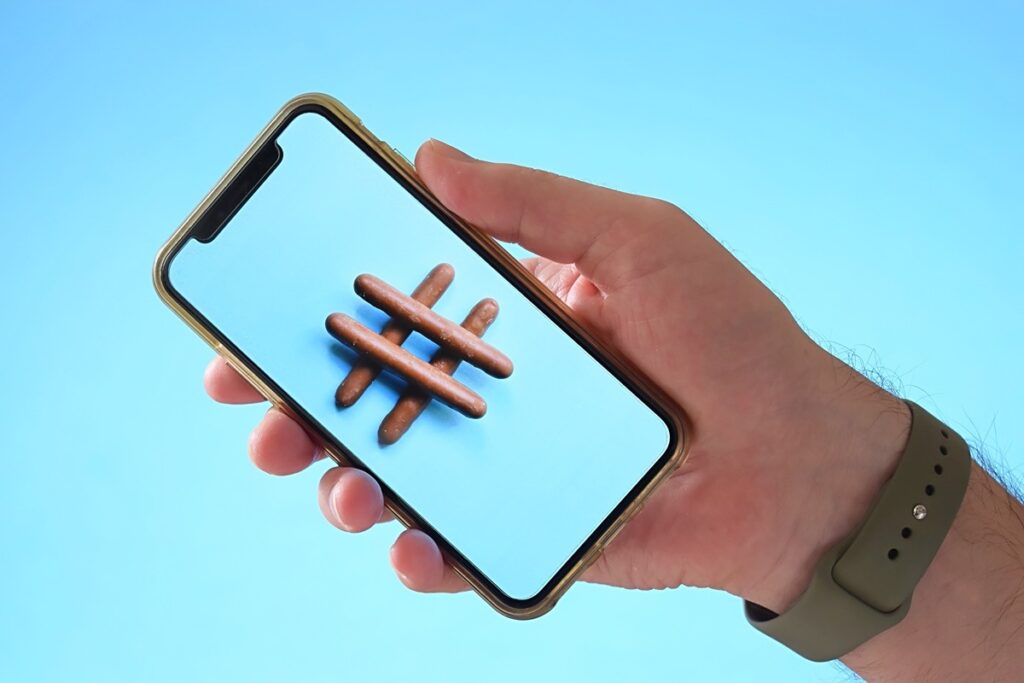
In the digital age, social media platforms and online community networks can play a significant role in helping you locate your lost camera. These platforms provide a powerful way to spread the word quickly and engage a larger audience in your search efforts. Here’s how you can effectively use social media and community networks to increase your chances of finding your missing camera:
Craft a Detailed Post
Start by creating a post on social media platforms such as Facebook, Twitter, Instagram, or local community forums. Write a detailed description of your lost camera, including its brand, model, color, distinctive features, and the date and location it was lost. Include a clear photo of the camera if possible, as visual aids can significantly enhance the chances of identification.
Use Relevant Hashtags
When posting on platforms like Twitter and Instagram, use relevant hashtags related to lost items, your location, and keywords specific to your camera. This can help your post reach a broader audience and increase the likelihood of someone who has come across your camera seeing the post.
Share Your Post Widely
Encourage your friends, family, and followers to share your post. The more people who see and share your post, the greater the chances of it reaching someone who may have information about your lost camera.
Tag Local Businesses and Organizations
If you lost your camera in a specific area, consider tagging local businesses, coffee shops, parks, and other establishments in your posts. They might be willing to share your post on their own social media platforms, increasing its visibility within the local community.
Join Local Groups and Forums
Search for local online groups, forums, or community pages that focus on lost and found items or general community discussions. Join these groups and post your information there, as people who are engaged in these communities are more likely to help spread the word.
Provide Contact Information
Include a clear way for people to contact you if they have any information about your lost camera. You can provide your email address or a phone number for direct communication.
Offer a Reward
While not necessary, offering a small reward for the safe return of your camera can motivate individuals to actively assist in your search efforts.
Stay Engaged
Once you’ve posted your message, actively engage with comments, messages, and shares. Respond promptly to any inquiries or leads you receive and provide additional information if needed.
Update Your Post
If there are any new developments or if your camera is found, remember to update your post to let people know. This closure can also be inspiring to others who might be searching for lost items.
Leveraging social media and online community networks allows you to tap into a vast audience, potentially reaching individuals who may have come across your camera. Remember that the digital landscape is fast-paced, so monitor your posts and engage with people promptly. By harnessing the power of online connections, you can greatly enhance your chances of finding your lost camera and reuniting with your valuable memories.
5. Check Surveillance Cameras
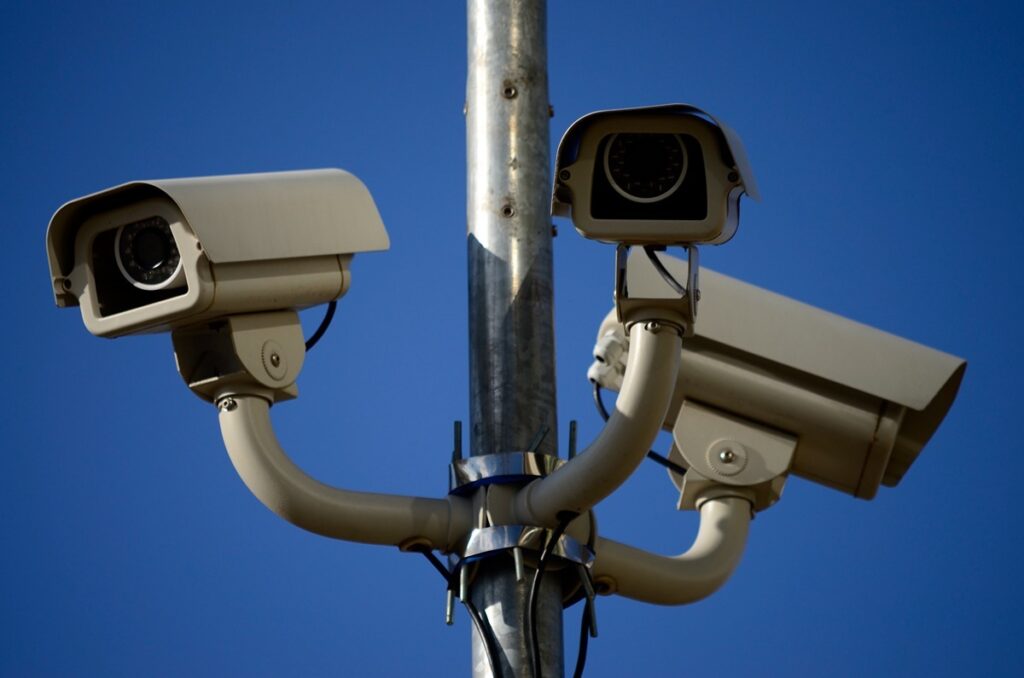
When you suspect that you lost your camera in a public place or establishment, checking surveillance camera footage can be a valuable strategy to narrow down its potential location. Many businesses and public spaces have security cameras installed, which could have captured footage of your activities. Here’s how you can effectively use surveillance camera footage in your search for your lost camera:
Identify Relevant Cameras
Start by identifying the places where you think you might have lost your camera. These could include stores, coffee shops, public transportation stations, parks, or any other locations you visited on the day your camera went missing.
Contact the Authorities or Management
Reach out to the management or authorities responsible for the location where you suspect you lost your camera. Explain your situation and inquire if they have security cameras installed. If they do, ask if they’d be willing to review the footage to check if you can be seen with your camera.
Provide Specific Details
When contacting the management or authorities, be specific about the date and approximate time you were at the location. This information will help them locate the relevant footage more easily.
Be Respectful
Keep in mind that reviewing surveillance footage can take time and resources. Be courteous and patient when dealing with the management or authorities. Express your gratitude for their assistance.
Ask for Footage Review
If the location agrees to review the footage, ask them to focus on the areas where you were present. This might include entry and exit points, checkout counters, or any seating areas you used. Cameras in these areas are more likely to have captured your movements.
Offer to Visit in Person
If possible, offer to visit the location in person and point out where you were seated or where you might have interacted with the camera. This can help the staff pinpoint the exact moments to review.
Provide Contact Information
Leave your contact information with the location so they can inform you if they find any relevant footage or if someone turns in your camera.
Follow Up
If the location agrees to review the footage, follow up with them after a reasonable amount of time to check for any updates. Be proactive and inquire about their progress.
Remember that not all locations might have surveillance cameras, and even if they do, there’s no guarantee that the camera captured the exact moment when you lost your camera. However, checking surveillance camera footage can be a valuable step, especially if you have a specific location in mind. It might provide you with insights into your actions that day and possibly lead you to the area where your camera was last seen.
6. Enlist Friends and Family

When you’re on the hunt for a lost camera, enlisting the help of friends and family members can significantly enhance your search efforts. These individuals can offer fresh perspectives, provide emotional support, and help you cover more ground during your search. Here’s how you can effectively involve your friends and family in your quest to find your missing camera:
- Share the Details: Start by sharing all the relevant details about your lost camera with your friends and family. Describe the camera’s brand, model, color, any distinctive features, and the date and location it was lost. The more information they have, the better they can assist you in your search.
- Ask for Recollections: Speak to the people who were with you when you last remember having the camera. Ask them if they recall any moments when they saw you with the camera, any locations you visited, or any interactions related to the camera.
- Retrace Your Activities Together: If you were with friends or family members when you had the camera, retrace your activities together. Visit the places you went to and think about any moments when you might have put the camera down or mentioned it.
- Seek Their Input: Sometimes, others notice things we might overlook. Ask your friends and family if they remember seeing you place the camera somewhere or if they have any ideas about where it might be.
- Organize Search Teams: If your friends and family are willing, organize search teams to cover different locations where you might have been with the camera. This can help you cover more ground in a shorter period.
- Share on Social Media: Encourage your friends and family to share your posts about the lost camera on their social media accounts. Their networks might include people who frequent the locations where you lost the camera.
- Offer Incentives for Help: If you’re comfortable, consider offering a small reward or token of appreciation for the person who helps locate your camera. This can motivate your friends and family to actively assist in your search.
- Stay Patient and Positive: Sometimes, involving others can lead to false leads or dead ends. Stay patient and maintain a positive attitude throughout the process. Remember that their involvement is meant to increase your chances of finding the camera, and their efforts are valuable regardless of the outcome.
- Express Gratitude: Regardless of the outcome, make sure to express your gratitude to your friends and family for their support. Their assistance during this time can provide emotional comfort and make the search less daunting
Enlisting the help of friends and family not only provides additional manpower for your search but also offers emotional support during a potentially stressful time. Their collective efforts and insights can contribute to a more comprehensive search, increasing the likelihood of finding your missing camera.
7. Utilize Online Lost and Found Platforms
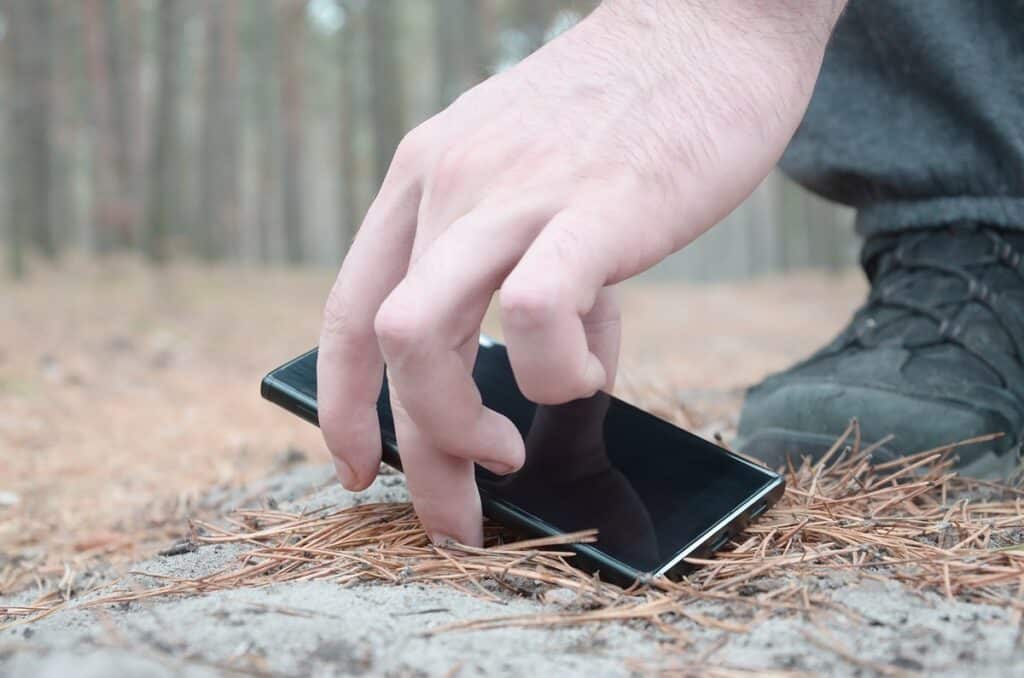
In today’s interconnected world, online lost and found platforms have become a valuable resource for reuniting lost items with their owners. These platforms allow you to reach a wider audience, increasing the chances that someone who has come across your lost camera will see your post. Here’s how you can effectively use online lost and found platforms in your search:
- Research Lost and Found Websites and Apps: Begin by researching online lost and found platforms that are popular and reputable. Look for platforms that cater to your specific location or are widely used in your area.
- Create a Detailed Listing: When creating your listing, provide a comprehensive description of your lost camera. Include details such as the camera’s brand, model, color, any distinctive features, and the date and location it was lost. Attach a clear photo of the camera to the listing to help with identification.
- Include Contact Information: Make sure to include a reliable method of contact, such as an email address or phone number. This allows people who have found your camera to reach out to you directly.
- Specify the Location: If the lost and found platform allows you to specify the location where the camera was lost, be as precise as possible. This can help narrow down the search for potential matches.
- Use Relevant Keywords: When creating your listing, use keywords that are likely to be used by someone who found the camera. Think about the terms they might use to describe the camera in their own search.
- Search and Monitor Listings: Regularly search and monitor listings on these platforms to see if anyone has posted about finding a camera matching your description. Sometimes, people who find lost items may post their own listings in an attempt to locate the owner.
- Share the Listing: Share the link to your listing on your social media accounts and encourage your friends and followers to share it as well. This can increase the visibility of your post and reach a wider audience.
- Follow Up Promptly: If you receive any inquiries or leads through the online platform, respond promptly and provide additional information if needed. This can help you gather more details and increase the chances of identifying your camera.
- Stay Vigilant: Keep in mind that even if you don’t immediately find your camera through these platforms, someone might come across it later and post about it. Continue to monitor the listings and remain vigilant in your search.
- Update the Listing: If your camera is found or if you locate it through another method, remember to update your listing to let people know that it has been recovered.
Online lost and found platforms offer a way to cast a wide net in your search efforts. By creating a detailed and informative listing, you increase the chances of reaching someone who has come across your lost camera and is eager to help you reunite with it.
8. Consider Preventive Measures
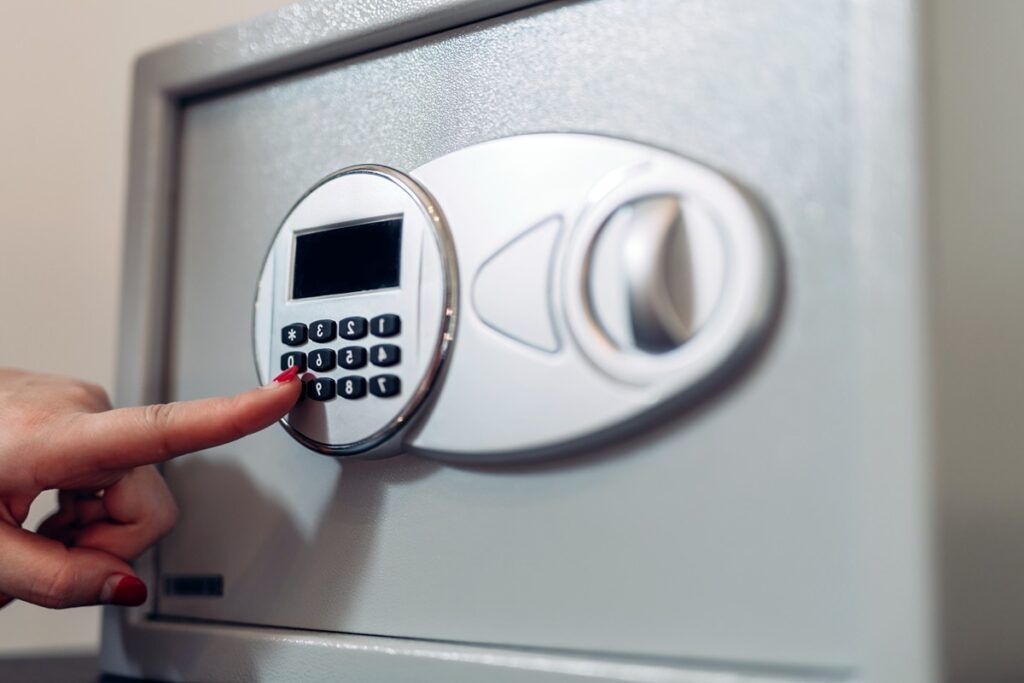
While the primary focus is on finding your lost camera, it’s also important to consider preventive measures to avoid similar situations in the future. Taking proactive steps can help safeguard your belongings and reduce the likelihood of losing valuable items like your camera. Here’s how you can implement preventive measures to protect your possessions:
- Designated Storage: Create designated storage spaces for your camera and other valuable items. Have a specific spot at home, in your workplace, or in your bag where you always place your camera when it’s not in use. This routine can minimize the chances of misplacing it.
- Use a Camera Strap: Invest in a quality camera strap that attaches securely to your camera. Using a strap around your neck or wrist can prevent accidental drops and provide an extra layer of security.
- Label Your Camera: Consider labeling your camera with your name and contact information. This can make it easier for someone who finds your camera to get in touch with you directly.
- Use a Protective Case: A protective case not only safeguards your camera from damage but also makes it more noticeable and less likely to be misplaced. Choose a case that fits your camera snugly and provides adequate protection.
- Regularly Check Your Belongings: Make it a habit to check your belongings before leaving a location. Do a quick scan of the area to ensure you haven’t left anything behind, especially when moving from one place to another.
- Avoid Distractions: When handling your camera, try to minimize distractions. Focusing on your actions can help prevent absentmindedly placing your camera down and forgetting about it.
- Don’t Overload Pockets or Bags: Avoid overloading your pockets, bags, or camera cases with too many items. The more cluttered these spaces are, the easier it is for items to get lost or buried.
- Stay Mindful: Pay attention to your surroundings and be mindful of where you place your camera. Taking a few extra seconds to ensure it’s properly secured can save you from future headaches.
- Use Technology: Consider using technology to your advantage. Some cameras have built-in tracking features or connectivity to smartphone apps that can help you locate them if they go missing.
- Regularly Backup Photos: While this doesn’t prevent physical loss, it’s essential to regularly back up the photos on your camera. In the event that your camera is lost, your cherished memories will be safely stored elsewhere.
By incorporating these preventive measures into your daily routine, you’ll not only increase the security of your belongings but also minimize the likelihood of losing items like your camera. Remember that prevention is always preferable to the stress of searching for lost possessions, and these habits can help you avoid similar situations in the future.
Conclusion
Losing a camera can be distressing, but with a strategic and composed approach, you can enhance the likelihood of retrieving it. Remember to stay calm, retrace your steps, utilize technology and community resources, and seek the help of others. By following the steps outlined in this guide, you can maximize your chances of reuniting with your beloved camera and capturing more cherished memories in the future.

Photographer & Writer
I specialize in landscape, street and portrait photography and I have been featured in various galleries and publications. I believe that photography is a way to tell stories!



